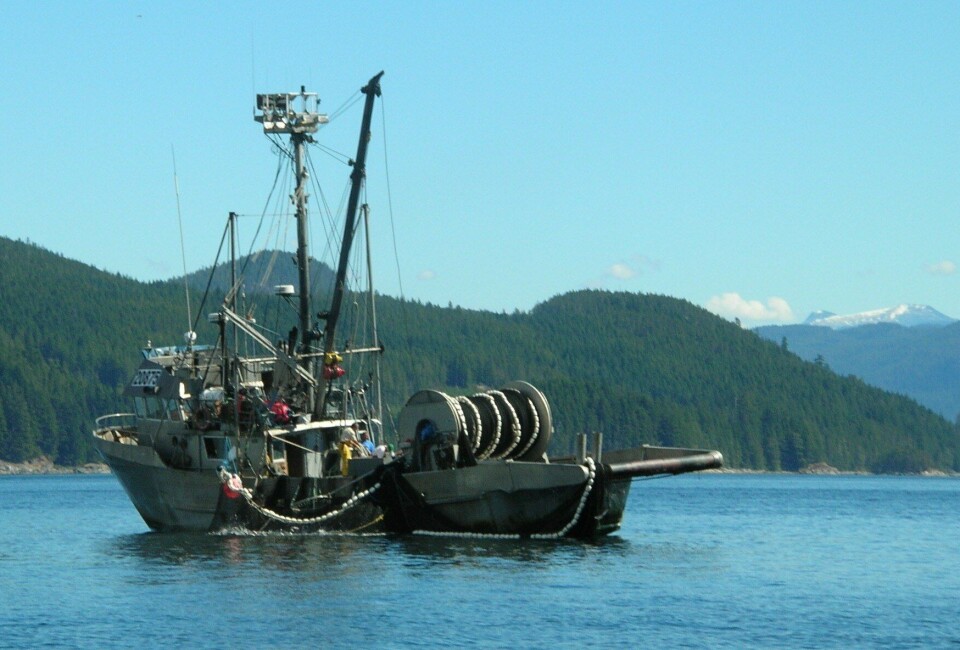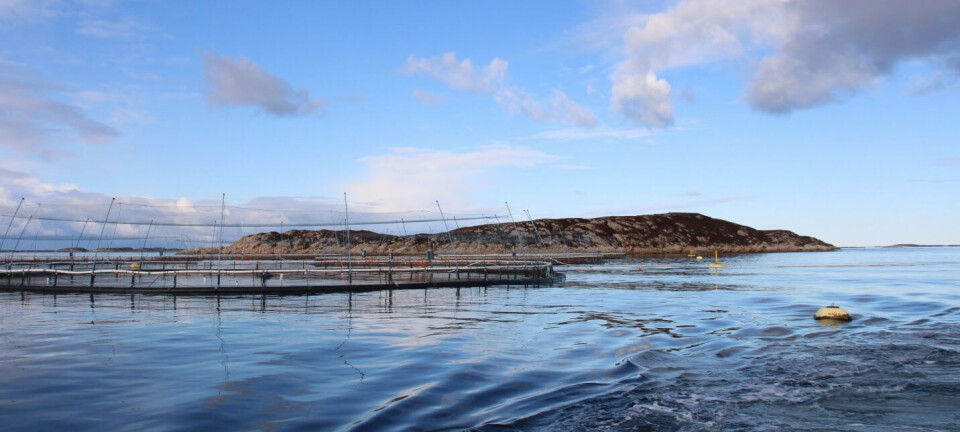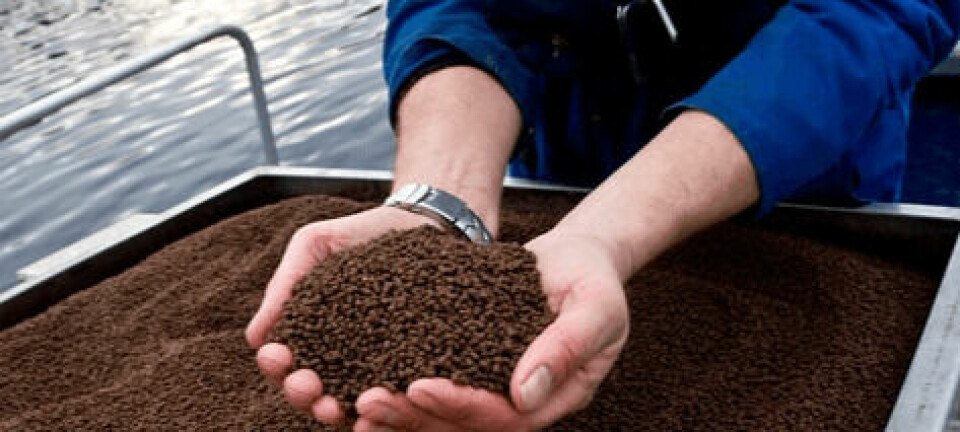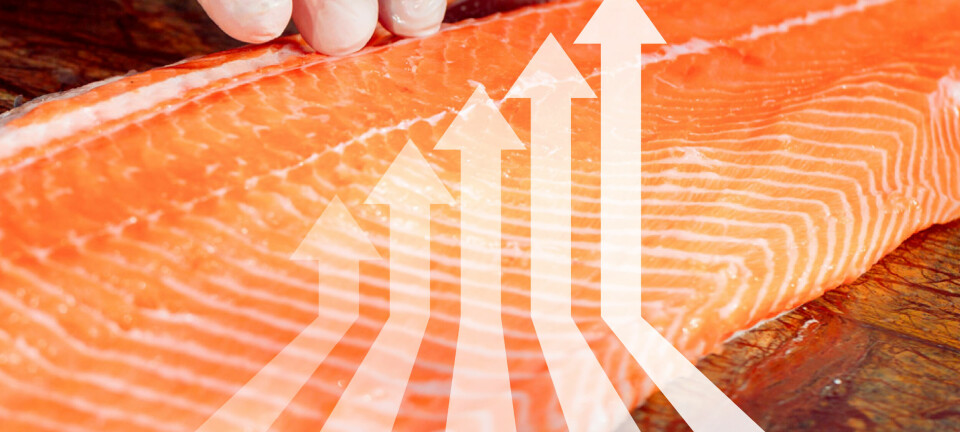
Will farmed fish drive down Alaska salmon prices?
With the recent world production of farmed salmon showing an increase of some 70,000 tonnes- split evenly between Norway and Chile- it is no wonder that the Alaskan salmon fishing industry is concerned about the impact these approximately 154 million pounds of fresh salmon will have on its prices. Alaska is however becoming a less important player in the world-wide production of salmon. While volumes of fish from the US state has been relatively stable over the past number of years, farmed salmon production has shown a steady increase, and so has production of hatchery-raised salmon from Asian countries.
Fishermen’s News Online suggested that the statewide harvest of wild Alaska salmon rose to nearly 59 million fish in late July, up 9 million fish from a week earlier, with the big increase in catch coming from Cook Inlet, Southeast Alaska and Kodiak, and it provided the following background from professor Knapp earlier this week;
Going into the wild salmon season in Alaska, there is some concern over how farmed salmon prices will affect those of wild salmon, and fisheries economists are still waiting for more data to make a determination. While it is entirely plausible that farmed salmon prices could cause wild salmon prices to fall, nobody will really know until a significant amount of salmon is sold, says Gunnar Knapp, an economics professor at the University of Alaska Anchorage Institute of Social and Economic Research. Right now it’s the time of year when very high stakes negotiations are taking place between processors and buyers, with processors trying to sell as high as they can and buyers trying to buy as low as they can. It’s all very complicated. Knapp said some processors, concerned about a soft market for frozen headed and gutted fish, were saying they planned to put fewer fish into H&G and more into frozen fillets and canned salmon.
Other factors to consider are the size of salmon runs, the amount of Russian salmon available and exchange rates, he said. Keith Criddle, director of the fisheries division at the University of Alaska Fairbanks, speaking from Juneau, noted that research done by his students shows clear linkages between exvessel prices for king and coho salmon from Alaska and US wholesale prices of Chilean, Canadian and Norwegian reared Atlantic salmon. In addition, there are clear linkages between exvessel prices for sockeye salmon from Alaska and the supply of Chilean pen-reared coho and steelhead shipped into Japanese markets, he said.
Increases in Chilean or Norwegian production of Atlantic salmon primarily affect our domestic markets for king and coho, while increases in Chilean production of coho and steelhead primarily affect demand for Alaskan sockeye in the Japanese market, he said. Now that Chilean exports have increased, they are entering a market that includes substantially larger volumes of Norwegian Atlantic salmon and in order to clear inventory the Chileans have had to reduce their asking prices. The resulting decline in exvessel, wholesale and retail prices of Alaskan salmon in domestic markets could as reasonably be attributed to the resumption of Norwegian exports to the US as it can be attributed to expansion of Chilean exports to the US, he said.























































